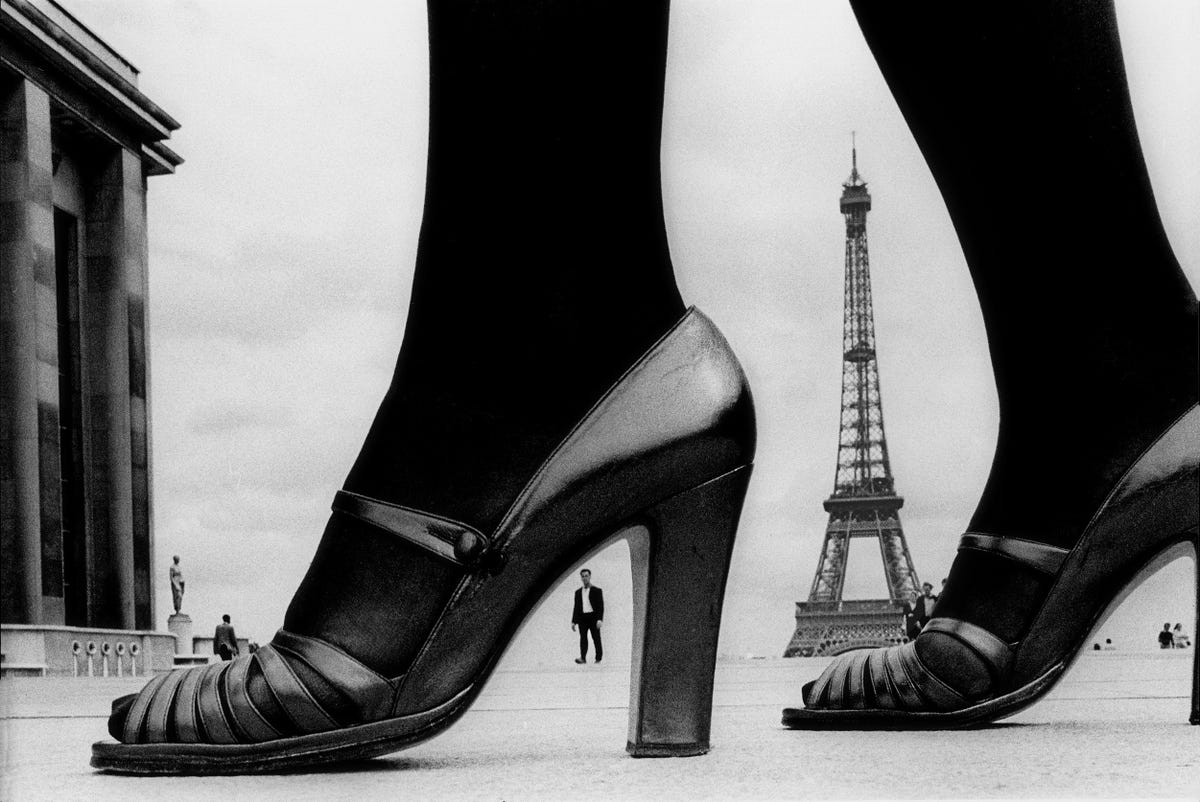[ad_1]
Frank Horvat’s photo, Paris for STERN Shoes and Eiffel Tower, 1974
Frank Horvat was one of the world’s greatest fashion photographers. He helped elevate the medium into high art, and with his thoughtful photographs, changed how we look at fashion altogether.
Now, his latest masterpieces are on view in a solo exhibition at the Leica Galerie Wetzlar, opening on February 3, and running until April 30 in Wetzlar, Germany. The exhibition is called Please Don’t Smile, something he would tell his subjects before snapping their portraits.
The exhibition highlights the fashion photography from the photographer who had a 70 year career. He showed the world how fashion photography was more than just a way to sell purses, noting that: “Without stories to tell, fashion would never have really interested me,” he famously said during an interview.
Horvat is known for his fashion photographs, which were published in Vogue, Elle and Harper’s Bazaar. Based in Paris, he captured the city in all its romantic glory, from foggy night scenes to unconventional shots of the Eiffel Tower.
And yes, he did own a Leica camera, and was introduced to the brand by his friend and fellow photographer Henri Cartier-Bresson (who now has his own namesake museum in Paris).
Horvat was born in Croatia, lived in Italy, and moved to Paris in 1955. He started working as a fashion photographer in 1957, doing photo shoots for fashion magazines in Paris, London and New York, until 1962. He worked in black-and-white film, and some of his best photos were captured during this time, like his shots of Coco Chanel, Jean Cocteau and Yves Saint Laurent.
After working as a commercial photographer, he then started working on photo books, like New York Up And Down, a tribute to the city’s street life, and Please Don’t Smile, which was published in 2015.
He not only told models to refrain from smiling, but also told them to be themselves. “Later, when there was this natural type, the girl next door, I didn’t like it anymore, because it had also become a stereotype,” he said in an interview in 2015. “I have fun showing something that only I see. Showing something that the model wants to show doesn’t interest me.”
Italian-born photographer Frank Horvat poses during the opening of his exhibition “A Trip Through A … [+]
[ad_2]
